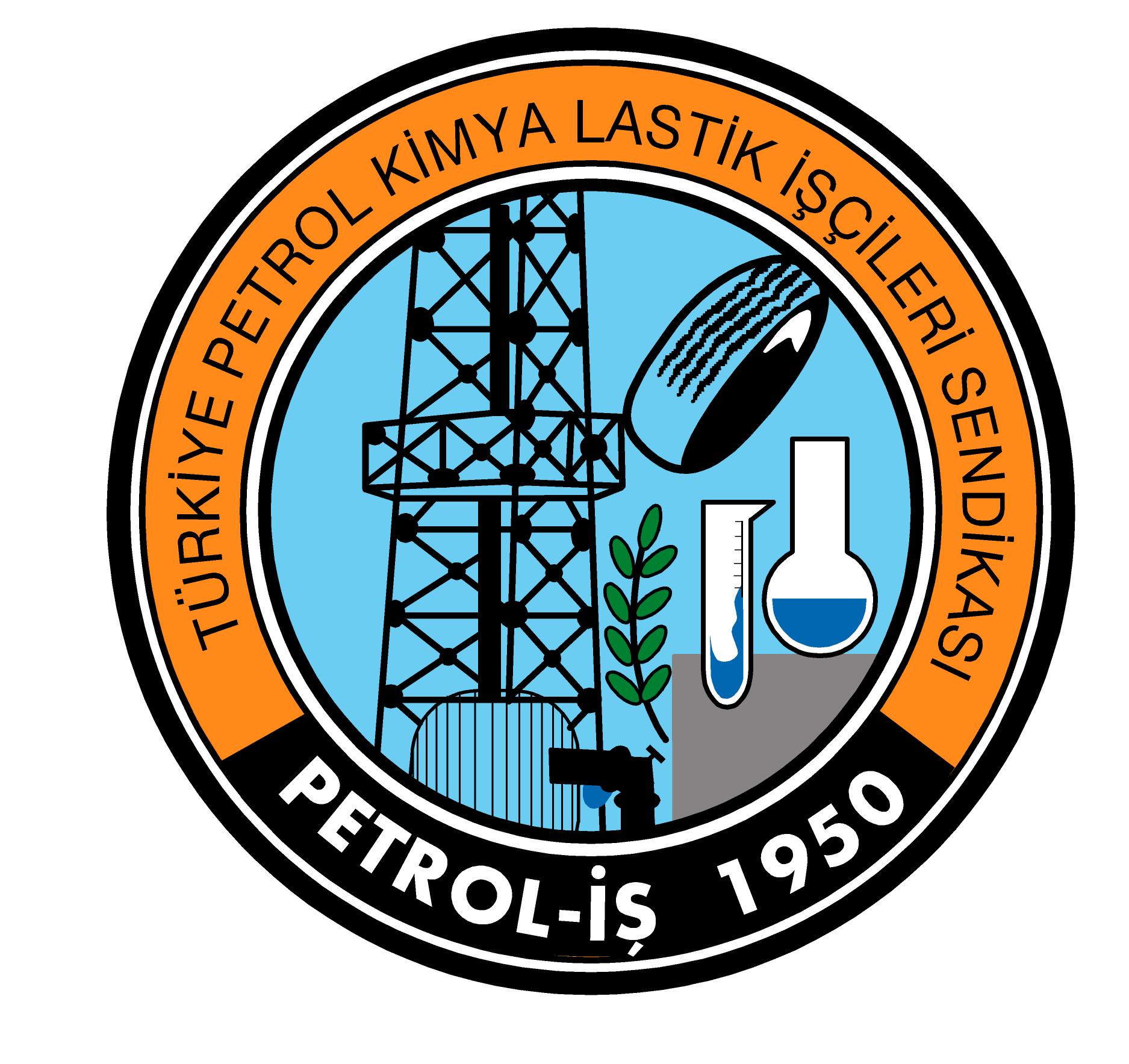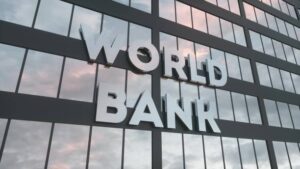Menu
Just Transition Insights, Issue #17, 06/12/2023
By Jonathan Tasini
|

Leading Off: The “Green Jobs” Mirage—The TPI Composites Example
We hear, virtually every day, about the promise of “green jobs”. The definition itself is hard to nail down. But, for today, let’s consider a “green job” as employment in an industry related to a technology or process that is more “climate friendly” or has a softer footprint on the planet; that definition has its problems but let’s put those aside for a moment.
As we often point out regularly, “green jobs” are only good jobs—and, thus, fit our definition of a job to embrace in a “high bar” Just Transition—if workers get equal to, or better, wages and benefits than they currently have.
Even more so, from a global perspective, we would argue that a “green job” in one country cannot undermine wage standards in other countries. That would make a “green job” no different from jobs common in the economy of the past fifty years. The fundamental operating principle of the global supply chain, which is the economic underpinning of the neo-liberal, free-market model, is low wages—the search for places to produce goods and services using the cheapest labor force and to turn that line item of cheap labor into bottom-line-profits.
TPI Composites illustrates this story. Based on Scottsdale, Arizona, the company hails its work in producing composite wind blades. Here are two key pieces of its self-defined profile offered on its website:
We have established a global footprint with advanced engineering centers in Warren, Rhode Island, Berlin, Germany and Kolding, Denmark; and manufacturing facilities in Warren, Rhode Island; Newton, Iowa; Chennai, India; Juarez, Mexico; Matamoros, Mexico; and Izmir, Turkey. Together we serve our customers with over 6 million square feet of manufacturing operations and over 14,000 associates including over 300 design and manufacturing process engineers, as well as craftsmen and production workers.
And touting its climate-change role:
The wind blades we manufacture support the decarbonization of energy production, provide significant reductions in greenhouse gas (GHG) emissions, and help mitigate climate change. The wind blades that we produced from 2018 to 2022 have the potential to reduce more than 1.7 billion metric tons of CO2 over their average 20-year life span. This is equivalent to the electricity use of more than 330 million homes in the U.S. for one year.
Our research, based on data provided to us by union researchers, shows that of all its production facilities, only two are unionized: in Mexico and in Turkey. In the Mexico, Matamoras plant—a city well-know for being the location of low-paying, so-called “maquiladoras”—we have been told that there have been strong industrial actions in 2018 and 2019, which in 2019 led to a strike and an eventual contract agreement in March 2019. In the U.S., a union organizing effort, prompted by safety and health concerns, failed in 2013 at the company’s Newton, Iowa facility.
The company’s Izmir, Turkey footprint is especially instructive. According to our colleague Riza Köse, international relations expert of PETROL-İŞ (Petroleum, Chemical and Rubber Workers’ Union of Turkey), the TPI workforce started out relatively small—about 300 workers—but the company’s huge investment in Izmir between 2015 and 2020 has increased the unionized workforce to about 3,700 across two facilities. Since the union organized the first facility in 2013, there have been five collective bargaining agreements reached, with the first one addressing working conditions, health and safety and shifts, not just wages.
Let’s fast forward to 2021 when the inflation rate, according to the World Bank, reached almost 20 percent. It would, then, climb even higher, touching 72 percent in 2o22—likely a principle reason that the long-time incumbent president, Recep Tayyip Erdoğan, failed to achieve a majority of the vote in the first round of the recent presidential election, and was forced into a May 28th run-off that he narrowly won.
What are the average wages for a TPI worker in Izmir? According to Köse, in the collective bargaining agreement that expired at the end of 2022, the minimum wage was 9,279 liras per month—just a bit shy of USD $392, with some workers earning 11,000 Turkish liras (a bit over USD$465). To try to boost essentially poverty wages, the union threatened a strike recently, after eight fruitless negotiations sessions with the company in which the main demand were wage increases of 100 percent that would go through 2024. On the eve of the June 6th strike date, after round-the-clock negotiations, the union and the company management reached an agreement covering wages retroactive to January 2023 through December 2024. According to the new collective bargaining agreement, the average monthly wage of the workers is now 18.233 TL per month (about 770 USD). Overall, wages will rise 95 percent.
But, let’s put that in perspective. Currency exchange rates don’t give a full picture of the day-to-day economics of a person. So consider this: If you rent a house in Izmir, it’s about 8,000 Turkish liras per month; in the suburbs maybe 6,000-per month. By one measure calculated by the Confederation of Turkish Trade Unions, the national hunger level wage—the wage below which a family of four cannot feed herself—was 10,360 liras in April 2013. The poverty line for a family of four is 32,500 Turkish liras.
So, the clear conclusion here is that most TPI workers cannot afford to rent a home and properly feed themselves at the same time; to have a roof over one’s head means experiencing hunger on a regular basis. For a family, the situation is even more dire if a TPI worker is the sole full-time source of income.
This brings us to our conversation about Just Transition. If the the labor model in the post-carbon world is replicating the current labor model, TPI is a perfect match: It is aggressively expanding into markets in which workers labor for low wages, which do not offer an income that covers the most basic living standards of housing, food, and utilities.
However, that is not a model that lives up to the promise of Just Transition—even a “lite” version of Just Transition, not to mention a “high bar” Just Transition.
SPONSOR MESSAGE
A message from the Australian Mining And Energy Union
We are fighting back, not just for ourselves but for the future generation of mineworkers. Workers deserve better. Our families and communities deserve better. Visit us

Spotlight: The World Bank and “Inclusive Growth”
Our informed readers may have picked up on the beginning of a new regime at the World Bank under Ajay Banga, who took over as the institution’s president for a five-year term on June 2nd.
Banga is kicking off his tenure with a global tour that has this theme, per the Bank’s PR announcement:
“Aspirations of people around the world are universal – people are eager to work and want a better life for their children and grandchildren. They want jobs, they want quality of life,” said Ajay Banga, World Bank Group president. “However, there is a diversity of challenges and countries are experiencing them differently. The World Bank Group must reach out to all of them and we need a new playbook to do it. That is the road we are on.”
That’s quite opaque, to put it mildly. So, we looked back at Banga’s creation of the “Center for Inclusive Growth”, an initiative he stood up when he was president and CEO of MasterCard. It’s mission:
The Mastercard Center for Inclusive Growth advances equitable and sustainable economic growth and financial inclusion around the world. The Center leverages the company’s core assets and competencies, including data insights, expertise and technology, while administering the philanthropic Mastercard Impact Fund to produce independent research, scale global programs and empower a community of thinkers, leaders and doers on the front lines of inclusive growth.
We note two concerns here. First, it’s not clear how a vision driven by amassing more debt is a road to “inclusive growth”, which, in the Center’s vision, means:
A key component of inclusive growth is financial inclusion, which connects people to secure ways of receiving, storing and managing money. While financial inclusion is a point of entry to lift people and markets out of poverty, inclusive growth is the key to move them towards shared prosperity.
Buying more stuff isn’t much of a plan in a world in which workers barely have enough money to feed themselves—as noted above in the experience of TPI workers.
We wrote back in January that total national debt forgiveness has to be a linchpin in Just Transition for workers. This is a simple question of economics: sending billions of dollars to deeply indebted countries is simply funneling money to go in one door and, then, out the back door to service crushing debt owed to a variety of rich country institutions and private investors.
Second, there is virtually no mention of unions, either in the Center’s vision or, to date, anything Banga has pronounced. Again, as the TPI example underscores, with the pitched battle the union had to engage in to up wages, there is no road to a “high bar” Just Transition if unions are not part of the equation.
Ideas: The Just Transition Education of Workers
Several of our readers—union leaders and activists—have asked us how best to prepare workers for the Just Transition campaigns. So, we thought it helpful to go back to one of our first newsletter posts last October derived from “A trade union guide of practice for a Just Transition”, which is a road map for unions to build Just Transition campaigns.
We fully understand that union leaders are often faced with a conundrum: on the one hand, winning a “high bar” Just Transition is a long slog, requiring a plan and commitment of many years. On the other hand, if a country’s net zero goal is far in the future—for example, India, whose government now circles 2050 as the year to reach that goal—then, many current members, especially those aged forty and above, may take the view that it’s not a pressing problem since older members might think “I will likely be long retired before jobs begin evaporating.”
The Guide offers this rough outline to build capacity among members:
Among the topics to address in presentations, group meetings, newsletters and webinars:
- The basic idea of the Just Transition concept.
- The basic concept of a high-bar Just Transition. Members need to know what the current situation is and what the goal is, and what future that they should want and demand.
- The status of the Just Transition discussion in the country and within the company/sector.
- The status of renewable energies and the possibility of employment in renewable energy industries, and the wages and benefits in those industries.
- The availability and prospects for job re-training.
- The broader social community interest and need for Just Transition.
- A vision for better jobs, not just any jobs, which also grapples with gender inequality.
- If the company is using the Just Transition term, members need to understand whether the company is offering a real Just Transition plan or
is just using the Just Transition rhetoric to appear responsive to the climate crisis. We can only talk about Just Transition if it involves workers and their representatives. If not, they are only talking about transition without the just element. - The union should also educate leaders and delegates to become Just Transition trainers who can guide members through the process once job
losses actually occur, especially in directing workers to the strongest options for re-skilling and retraining for future jobs. This will set up better outcomes for workers, rather than workers having to rely solely on government or company programs that may be underfunded or inadequate to the task of identifying future jobs. - The union should create a helpdesk and/or a list of knowledgeable contacts that any worker can call at the local and regional level if she or he has questions about their job or the Just Transition plan.
Comments welcome to add to this list.

Opinion: Free Trade Will Undercut Just Transition
By Jonathan Tasini
In one of the first issues of this newsletter, we explored the dangers so-called “free trade” posed for reaching a “high bar” Just Transition. Essentially, our view is that current trade agreements should be rubbished, or severely renegotiated, in any instance where such a deal obstructs or attempts to nullify decarbonization steps taken by a country, or a coalition of governments.
We now see another quite dangerous aspect of so-called “free trade” agreements—the way in which they are negotiated in secret. The Indo-Pacific Economic Framework (IPEF) will soon have a draft agreement—it will substantially address supply chain issues.
Per our colleagues at Rethink Trade, the text and details of the agreement have been kept from public view, except if you are part of the leadership of the 14-nation Pacific Rim countries the deal will cover, which include:
Countries on the U.S. State Department’s worst-in-the-world list of human traffickers and forced labor violators were invited to participate — Vietnam, Brunei and Malaysia.
Plus, there’s the Philippines, where the ILO has launched a special investigation of the scores of government-sanctioned unionist assassinations in recent years. Even in the middle of IPEF negotiations and heightened scrutiny, in late April a call-center union organizer by the name of Alex Dolorosa was killed. The young ally of the U.S. Communications Workers of America was found dead, with dozens of stab wounds and other signs of torture after government officials falsely labeled him a communist insurgent and enemy of the state. Union organizers, journalists, civil society leaders and other individuals who the government “red-tags” with such accusations are often killed.
Despite this, the extreme secrecy surrounding IPEF means we cannot know if the part of the deal that’s been finished, includes the labor and environmental protections the administration promised. And, if so, whether they are enforceable, or just words on a page.
If trade deals, which address climate change and, thus, Just Transition, are conducted in secret and include leaders who do not respect the most basic (and, frankly, fairly weak) international labor standards, how is it possible to envision achieving a “high bar” Just Transition that will support workers and communities.
Answer: it can’t.
Tasini is the founder and executive director of Just Transition For All.
Links
PETROL-İŞ (Petroleum, Chemical and Rubber Workers’ Union of Turkey): represents workers in the oil, chemical and rubber industries in Turkey
Table of Contents
Leading Off
The "Green Jobs" Mirage—The TPI Composites Example
Spotlight
The World Bank and "Inclusive Growth"
Ideas
The Just Transition Education of Workers
Opinion
Free Trade Will Undercut Just Transition
Links
This Week's Links
Can’t wait to subscribe to the newsletter?
*We post information pursuant to the U.S. Fair Use Doctrine, and applicable international standards, in order to advance the knowledge base and education of our global audience. We endeavor to include the original link to documents. However, upon requests of original authors of posted documents, where explicit use permission is not granted, we will remove documents if it is determined continued use is not appropriate. We also reserve the full right to not include, or remove, any data inconsistent with our mission.















